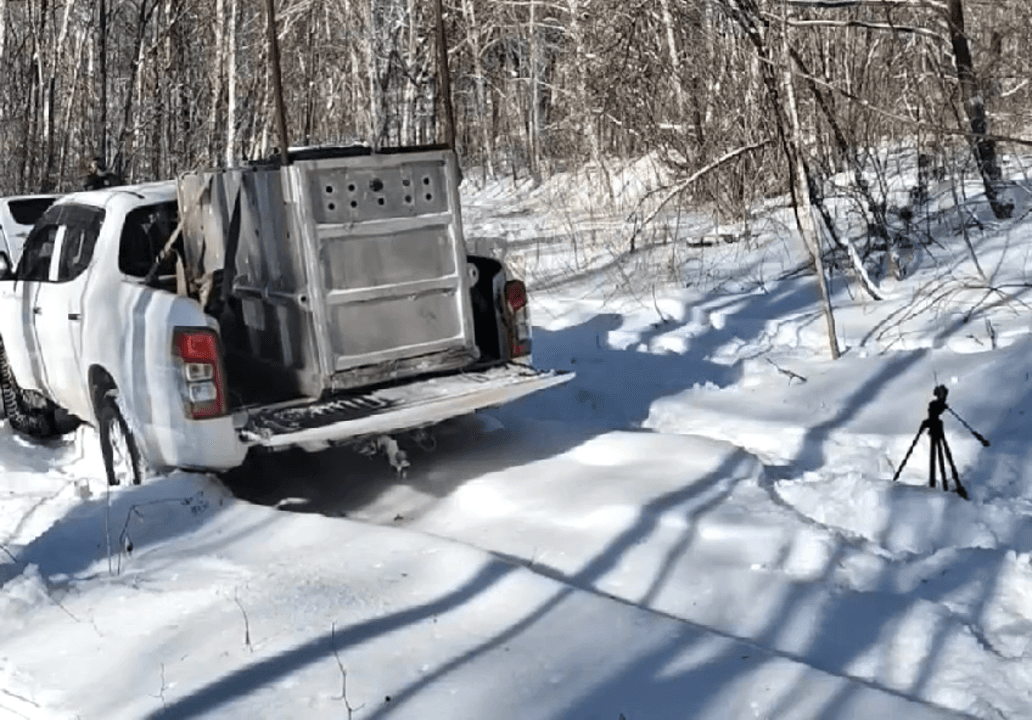
Алтайские горы: Ворота в Шамбалу, легенды о богатырях и снежные барсы Алтайские горы являются одними из самых древних. Они возникли около 500 миллионов лет назад, но из-за ветра и солнца разрушились. По словам ученых, современные Алтайские горы — это лишь малая часть, оставшаяся от древних хребтов. Вторая их жизнь началась примерно 65 миллионов лет назад в результате тектонических процессов. Но что интересно — Алтайские горы растут до сих пор, примерно по 1 сантиметру в год. Об этом свидетельствуют землетрясения, которые здесь периодически происходят. На тюркском языке «Алтай» означает «Золотые горы». И это, между прочим, не случайно: на закате лучи садящегося солнца, словно художник кистью, раскрашивают вершины золотом. Иностранцы часто называют эти места «сибирскими Альпами», а порой и «Тибетом в России» — настолько они схожи по своей мощи и величию. В Горном Алтае сохранилась дикая природа, а таких мест не так уж и много в мире. Здесь нет промышленных предприятий. Путь к горным в
Post: 19 January 16:02















































